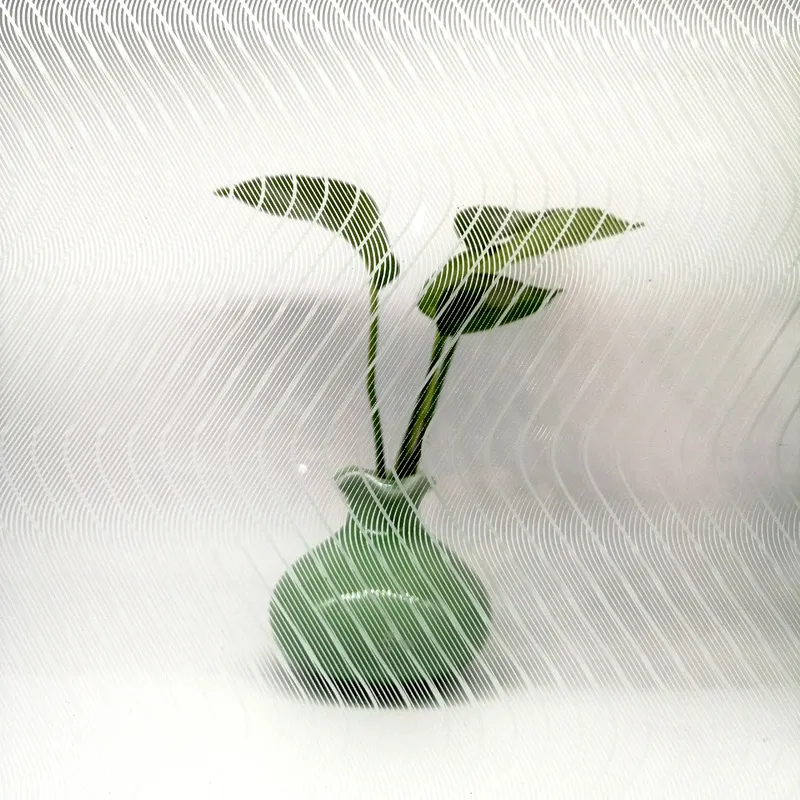Need some help?
We would love to help you with your project.
Silk-screening ceramic frit onto glass is an excellent way for architects and designers to create exciting new looks on their projects using patterns and colors. Silk-screened glass improves solar control performance and can be used on various glass substrates, including clear, low-iron, or tinted glass, to reduce glare and decrease solar transmission. Depending on which pattern, color of ceramic frit, and glass substrate you select, glass panels will either be transparent, translucent, or opaque. The process of silk-screening uses a patterned screen to transfer ceramic frit onto the surface of the glass. The ceramic frit is then fused onto the surface of the glass during the toughening or heat-strengthening process, creating a permanent bond to the glass surface.

The ceramic coating is applied on face #2 on the supporting lite of glass.
* The glass must be heat-strengthened or fully tempered. It is not recommended to expose the ceramic coating to the elements. Use on an external face should be avoided.
The ceramic coating can be applied on face # 2, 3, or 4 of laminated glass.
* All the glass plies that make up the laminated glazing should be heat-strengthened or fully tempered for exterior applications.
The ceramic coating is applied on face #2 or 3 of the insulated glass unit.
* The two lines that make up the unit should be heat-strengthened or fully tempered.
*Certain conditions apply. Contact us for more information.
Ultraclear (Low iron), Clear, Tinted, Low-E, Laminated, Bent, Tempered, Heat-Strengthened.
Architectural – 4mm to 12mm Grade ‘A’ safety glass manufactured to AS/NZS 2208-1996 Safety glazing materials in buildings and 15mm to 19mm Toughened glass.
The Australian/New Zealand standard for safety glazing materials assesses the impact resistance of tempered glass. It classifies glass based on the drop height required to break it and provides guidelines for its use in different applications.